Do birds eat cotoneaster berries?
vegangirl
16 years ago
Featured Answer
Comments (24)
birding_nut
16 years agovegangirl
16 years agoRelated Professionals
Arlington Landscape Architects & Landscape Designers · Ashland Landscape Architects & Landscape Designers · Ilchester Landscape Architects & Landscape Designers · Burlington Landscape Contractors · Edmond Landscape Contractors · Manchester Landscape Contractors · Aberdeen Landscape Contractors · Fairview Landscape Contractors · Plantation Landscape Contractors · Roseville Landscape Contractors · Yuba City Landscape Contractors · Ashburn Driveway Installation & Maintenance · Ramona Driveway Installation & Maintenance · Haltom City Swimming Pool Builders · Seabrook Swimming Pool Builderscatherinet
16 years agovegangirl
16 years agovegangirl
16 years agonhblues
16 years agoellen_s
16 years agogreenwill
16 years agovegangirl
16 years agomsmarieh
16 years agoghoghunter
16 years agovonyon
16 years agoellen_s
16 years agovegangirl
16 years agopaulaj_birdlover
16 years agovegangirl
16 years agocyclops_2008
15 years agovegangirl
15 years agoumsue
15 years agojoyceruiz
5 years agoWally Moroz
5 years agoFori
5 years agoshanddavies
5 years ago
Related Stories
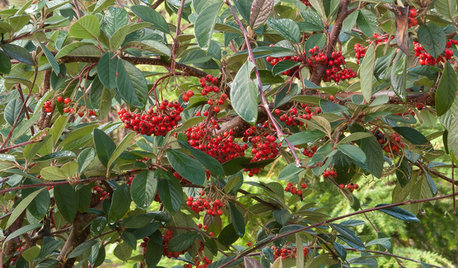
GARDENING GUIDESGreat Design Plant: Cotoneaster Lacteus
Parney cotoneaster is a low-maintenance, four-season shrub that offers great foliage, spring flowers and jewel-like berries
Full Story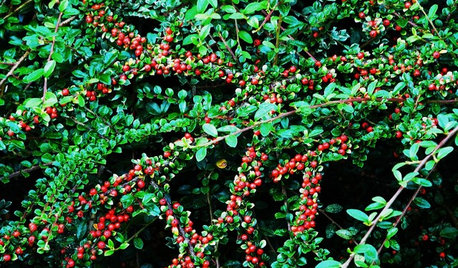
FALL GARDENINGGreat Design Plant: Rock Cotoneaster
Adaptable and highly tolerant, this branching plant makes a terrific ground cover and cutting source
Full Story
GARDENING FOR BIRDSFeed the Birds: 6 Plants for Abundant Winter Berries
Be kind to your fair feathered friends during lean food times by planting a shrub or tree loaded with nutritious snacks
Full Story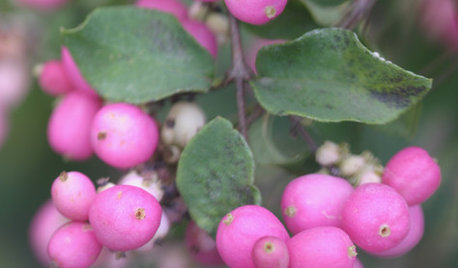
LANDSCAPE DESIGN5 Berry-licious Shrubs to Plant Now for Winter Interest
Showy color during snow season? You bet. These shrubs will wake up a garden with colorful berries when other plants are asleep
Full Story
GARDENING GUIDES8 Native Shrubs for Year-Round Bird Feeding
It’s not just about berries. These plants provide insects for birds and seasonal interest for gardeners
Full Story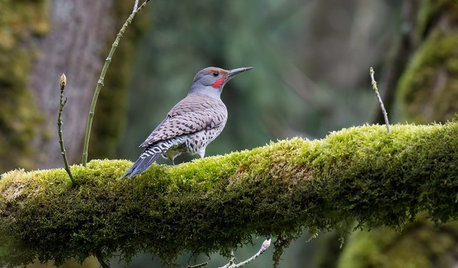
GARDENING GUIDESBackyard Birds: Healthy Home Habitats for Northern Flickers
These colorful woodpeckers found across the U.S. and Canada love berries, seeds and ants and often nest in deep burrows in trees
Full Story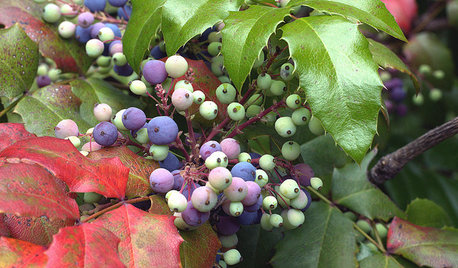
GARDENING GUIDESGreat Design Plant: Mahonia Aquifolium for Birds
Oregon grape puts on a bold spectacle from spring through winter and is ideal to brighten partly shady corners in the U.S. West
Full Story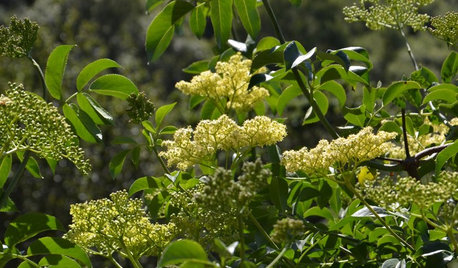
GARDENING GUIDESGreat Design Plant: Sambucus Nigra Caerulea for the Birds
Blue elderberry is a favorite of birds and other wildlife in its native California
Full Story
GARDENING GUIDESPlant Black Cherry Trees for the Birds and Bees
Plant Prunus serotina in the Central and Eastern U.S. for spring flowers, interesting bark and beautiful fall color
Full Story
GARDENING FOR BIRDSWild Birds Transform a Woman’s Garden and Life
How Sharon Sorenson created a wildlife haven and became the Bird Lady of Southern Indiana
Full Story





carol23_gw